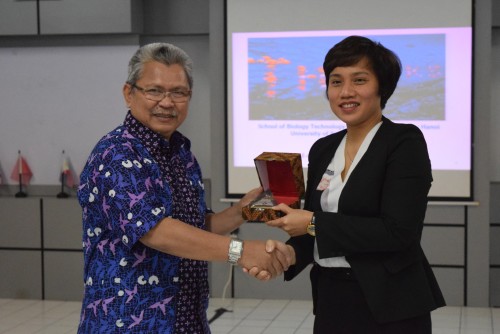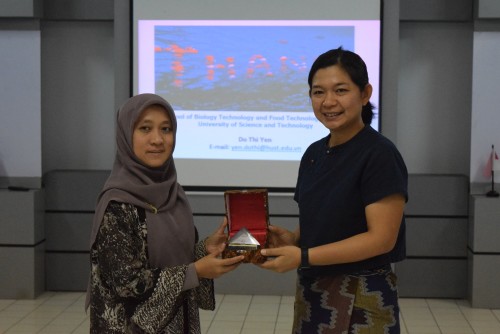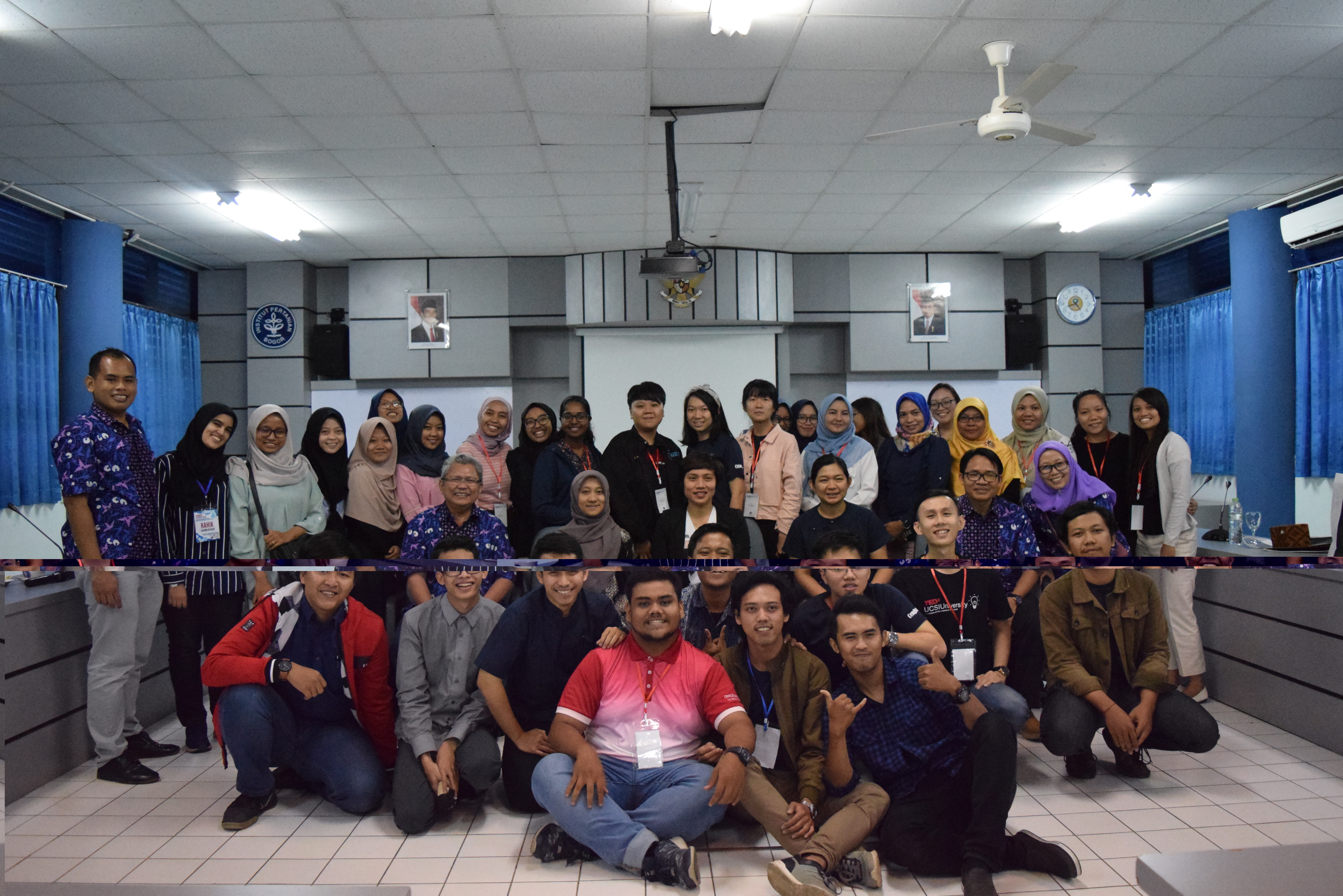IPB University Introduces Processed Fish Products from Asia

Terasi chili sauce is inseparable from salted fish. Both often cause a commotion in apartments in Europe or America. What else if not because of the pungent aroma when cooked. Even though they have lived in Europe, America or other parts of the world for a long time, Indonesian tongues still cannot be separated from terasi or salted fish. The same goes for those from other Asian countries, such as Vietnam and Thailand. The source of the pungent aroma in their kitchen is fish sauce.
Indonesia and Asia in general have typical foods with various flavors and types. One of the typical ones is various processed fishery products. Some of these traditional processed products are processed by salting and drying, but some also undergo a fermentation process. Some fermented fish products other than fish sauce that are widely found in various regions in Indonesia are bekasam. This product is less popular when compared to terasi, but in some areas such as Palembang, Riau and Indramayu, bekasam is a “seasoning” to provide flavor to chili sauce and various other dishes. In addition, bekasam can also be used as a side dish.
This fermented fish product can also be found in other Asian countries. In Thailand, bekasam is known as “pla-ra” or “pla-chom”, in Japan it is known as “heshiko” and “mum-tom” in Vietnam.
To get to know more about various traditional fish products typical of Asia, the Department of Aquatic Product Technology (THP) of the Faculty of Fisheries and Marine Sciences, IPB University has held a public lecture on “Indigenous Fish Processing Technology in Asia” at the Dramaga Campus, Bogor last July.
The public lecture presented two speakers, namely Dr. Do Thi Yen from Hanoi University of Science and Technology, Vietnam and Dr. Nantipa Pansawat from Kasetsart University, Thailand.
Dr. Yen presented various traditional processed products typical of Vietnam, including fish sauce. Fish sauce is widely used in Vietnamese cuisine, hence the high demand for the product. One of the fish sauce products that they have commercialized is shrimp-based fish sauce. Interestingly, the part of the shrimp used is not the meat but only the by-product or by-product of the shrimp processing industry. In addition, the by-product in the form of shrimp carapace is also processed into chitin and chitosan. The production process of chitin and chitosan which has been using chemical processes has been replaced with a biological process using lactic acid bacteria, including Lactobacillus. This biological process is more environmentally friendly because of the minimal chemical waste produced.

Meanwhile, Dr. Nantipa explained various processed fishery products typical of Thailand. Various processed fish products that are widely developed include smoked fish. The raw materials for smoking will affect the taste of the resulting product. Therefore, many studies have been conducted to see the influence of various materials used in the smoking process and the taste of the smoked fish produced.
“In addition to getting to know various processed fish products typical of Thailand and Vietnam, this activity is also expected to provide broader insight into the development of technology and the development of traditional processed products typical of Asia, especially from Thailand and Vietnam. In addition, this activity is also a benchmark for the development of fishery product processing technology for the THP Department. In the future, we will also collaborate for research and development of processed fishery products,” said Dr. Luky Adrianto, Dean of FPIK IPB University. (**/Zul)



